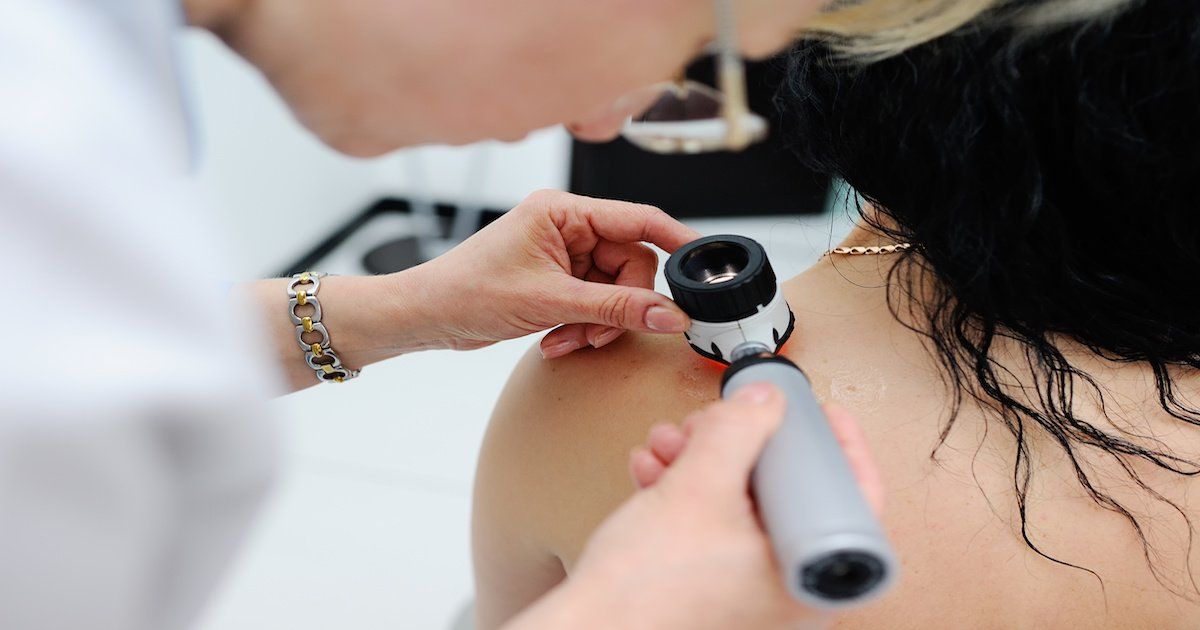Sharp Drop in US Melanoma Deaths Attributed to Newer Therapies
After a steady climb, a new study showed that death rates for melanoma in the United States have dropped over the last few years.

After a steady climb, a new study showed that death rates for melanoma in the United States have dropped over the last few years.
The study, published in the American Journal of Public Health and led by researchers at NYU Grossman School of Medicine, NYU Langone's Perlmutter Cancer Center, and Harvard University found that death rates among white Americans, who account for almost all cases, decreased by approximately 18% between 2013 and 2016. Prior to this, death rates had climbed 7.5% between 1986 and 2013, according to the study. Sharp declines in death rates were especially seen among men aged 50 years or older starting 2014.1
The drop in death rates coincides with the introduction of new therapies for melanoma, the researchers noted, indicating that these treatment advancements have contributed significantly to survival.
For the study, the researchers analyzed new cases and death from melanoma collected by the National Cancer Institute and the CDC, spanning from 1986 to 2016. The data included approximately 1 million Americans.1
“This recent, multiyear decline is the largest and most sustained improvements in melanoma mortality ever observed and is unprecedented in cancer medicine,” they wrote in the study.1
Although early detection is important for leading to less toxic treatment needs and lowered health care costs, the researchers suggested that better detection methods alone was not enough to explain the steep decline in death rates. Moreover, the timing of these declines better matches up with the introduction of newer therapies.1
“Our findings show how quickly patients and physicians accepted these new drugs because they profoundly reduce deaths from melanoma,” co-senior study author David Polsky, MD, PhD, said in a press release.2 “These therapies are now considered the backbone of how we treat this cancer.”
However, although effective, these newer therapies are often much more expensive.
According to Dr Polsky, future studies should examine the socioeconomic factors that may affect access to the newer therapies, as well as the effect of these treatments on other ethnic groups.2
References:
1. Polsky D, Berk-Krauss J, Stein JA. New systematic therapies and trends in cutaneous melanoma deaths among US whites, 1986-2016. American Journal of Public Health. 2020. https://ajph.aphapublications.org/doi/10.2105/AJPH.2020.305567
2. American Sees Record Lows of Deaths Due to Melanoma [news release]. NYU Langone Health’s website. https://nyulangone.org/news/america-sees-record-lows-deaths-due-melanoma. Accessed March 24, 2020.
2 Commerce Drive
Cranbury, NJ 08512
All rights reserved.